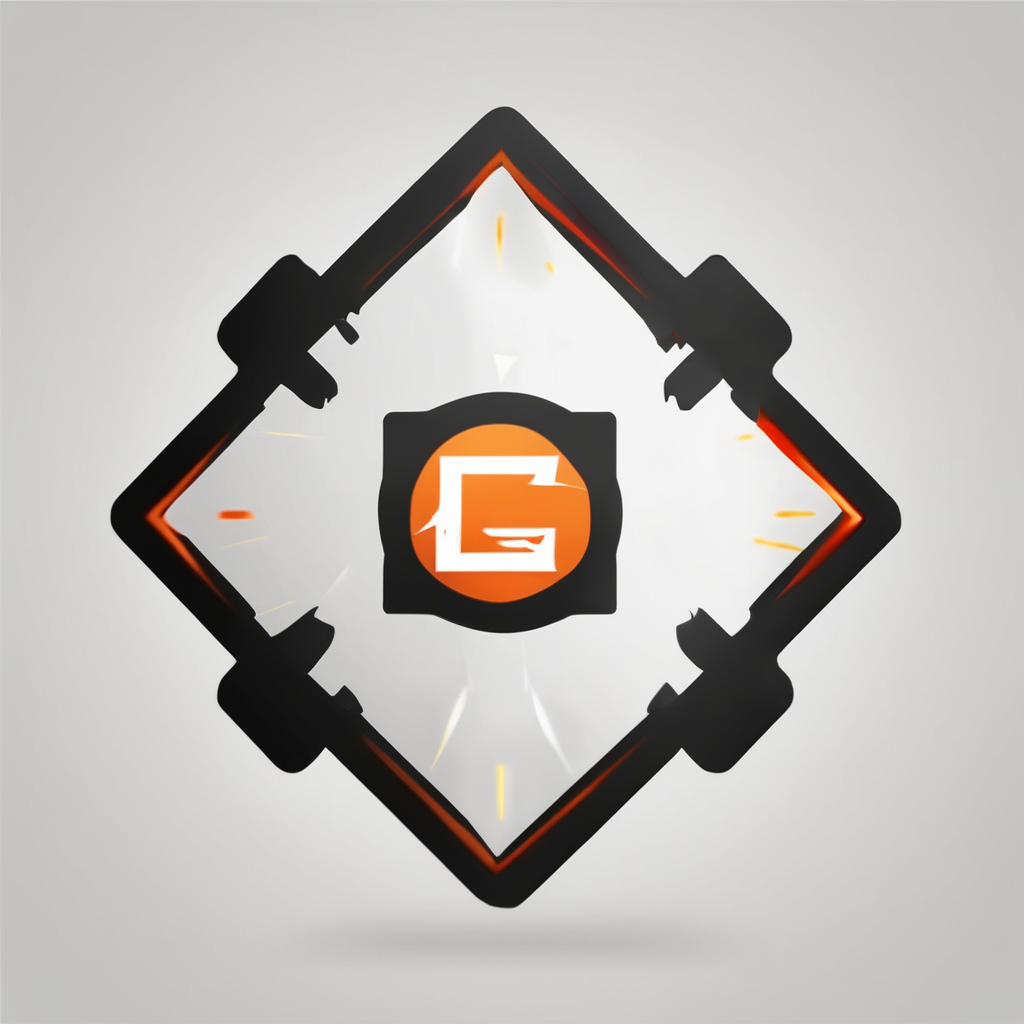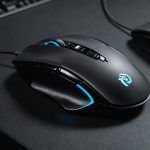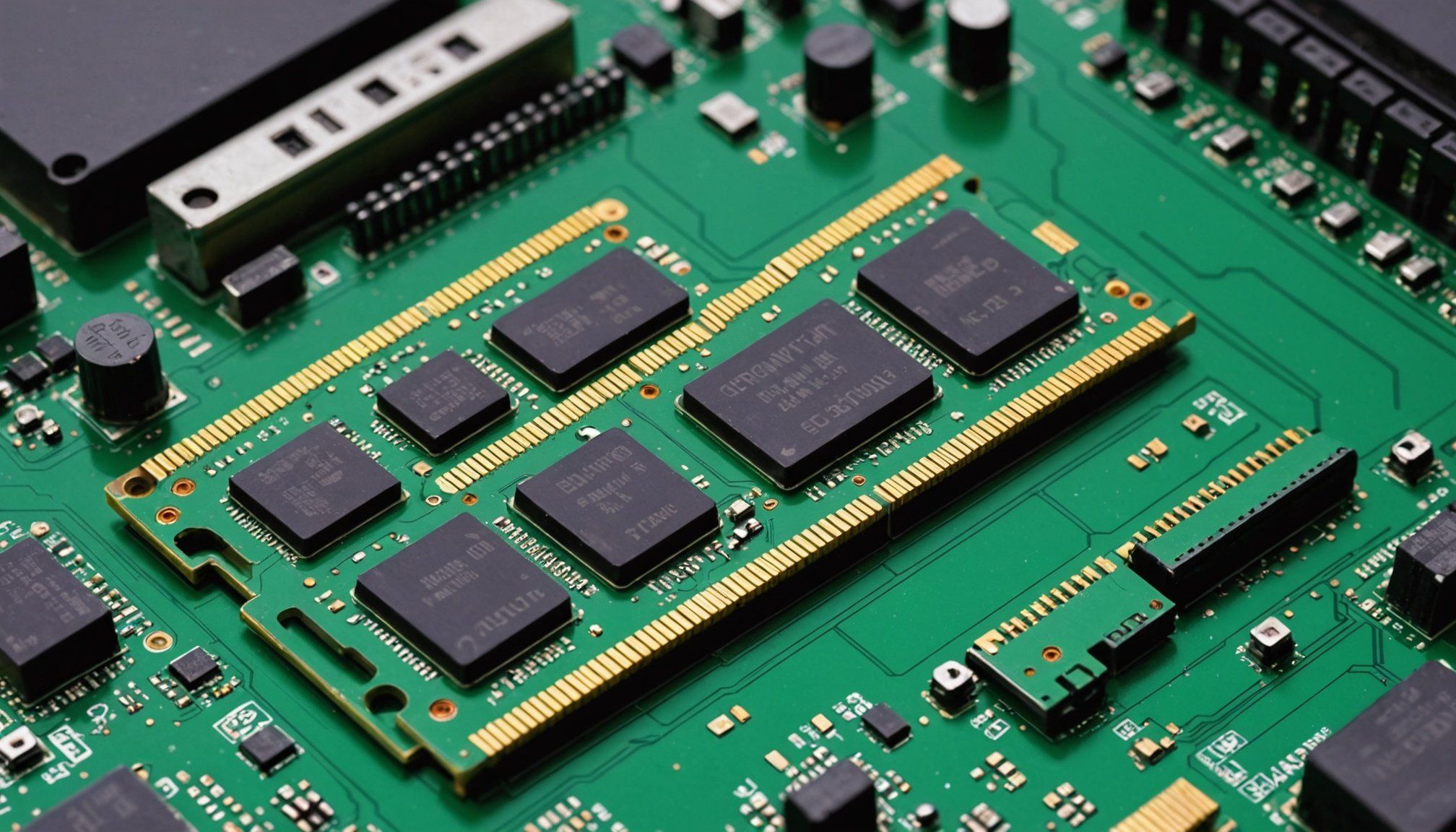Understanding Common RAM Problems
RAM issues can significantly affect a computer’s performance, often manifesting as unanticipated crashes, sluggish operation, or problems during boot-up. Recognising these symptoms is crucial for effective RAM troubleshooting. One common sign is when a system frequently crashes or freezes without warning. Such crashes may indicate memory errors that disrupt processes and overload the system.
Common RAM issues can be broken down into physical, operational, and compatibility problems. Physical problems might include faulty RAM sticks or improper seating, while operational issues often relate to corrupted data stored in the memory. Compatibility issues arise when the installed RAM is not suitable for your system, potentially leading to unexpected errors and performance problems.
Also read : Top tips for keeping your pc hardware pristine and efficient
By understanding these problems, users can engage in RAM troubleshooting to address technical glitches. RAM impacts overall computer performance by acting as the bridge for data transfer and processing. When it functions properly, it enhances the efficiency of tasks from simple operations to complex processes. However, when plagued with issues, RAM hinders performance by slowing down task execution.
Recognising and addressing these common RAM issues are essential steps in maintaining optimal computer performance. Regular RAM checks and diagnostic tests can mitigate potential problems, ensuring a smoother computing experience.
Also to see : Top tips for expert cable management in your pc build
Understanding Common RAM Problems
Common RAM issues can significantly affect your computer’s performance. Identifying symptoms is the first step towards effective RAM troubleshooting. Common indicators include random system crashes, freezes, or slowdowns. Sometimes, your device may even display memory-related error messages or fail to boot properly.
RAM issues can be categorized into three main types: physical, operational, and compatibility problems. Physical issues often involve damaged RAM modules or slots, which can cause malfunctioning even if the system’s other components are in good condition. Operational problems are generally software-induced, like memory leaks, where applications do not release unused memory back to the system effectively. Compatibility problems arise when the RAM is not suited to the motherboard or the overall system configuration.
The impact of RAM on your computer’s performance cannot be overstated. Adequate and functional RAM serves as a quick-access storage area for the processor, greatly influencing how swiftly applications run and manage multitasking. Without sufficient RAM, even the most straightforward tasks can become laboriously slow, contributing to an overall frustrating user experience.
Understanding these issues and their symptoms encourages proactive RAM troubleshooting, ensuring that your computing experience remains smooth and efficient.
Diagnosing RAM Issues
Identifying and diagnosing RAM issues is crucial when seeking improvements in your computer’s performance. Diagnosing RAM problems early can save time and prevent further system damage.
Utilizing Built-In Diagnostic Tools
Using built-in diagnostic tools is a practical first step in diagnosing RAM problems. Windows Memory Diagnostic is an example of such a tool. It checks for memory errors in seconds. To use it, type “Windows Memory Diagnostic” in your start menu, select “Restart now and check for problems,” and observe as it runs tests during the reboot. It provides a comprehensive report that helps pinpoint any issues.
Third-Party RAM Testing Software
For more detailed insights, consider third-party RAM tests like Memtest86. This powerful tool is known for its accuracy and wide-ranging diagnostic capabilities. Download and install it on a USB stick to run a thorough check. The analysis will highlight errors that built-in tools might overlook, offering a deeper understanding of your RAM’s condition.
Checking for Physical Issues
Examine your RAM physically as well. Open your computer case and ensure RAM sticks are correctly seated in their slots. Check for dust accumulation or physical damage. Regular hardware checks assist in early detection of wear and tear or improper installation, essential for maintaining a functional system.
Managing RAM Upgrade Options
When considering a RAM upgrade, several factors should be evaluated to optimise your computer memory. First, assess your current system’s requirements and existing compatibility. Not all RAM types fit all systems; hence, checking motherboard specifications is crucial.
Choosing the right RAM involves understanding different types (DDR3, DDR4, etc.) and their respective speeds. Higher speeds can enhance data processing times, beneficial for multitasking or demanding applications. However, the effects will only be noticeable if your system supports these speeds.
Consider the capacity your applications demand. Typically, more memory equates to better computer performance, especially for large programs or running multiple tasks simultaneously. However, there’s a ceiling to how much RAM your operating system can utilise effectively, beyond which upgrades may not yield additional benefits.
Ensuring compatibility with existing components is key. Mixing RAM with different speeds or sizes can lead to instability or crashes. For seamless integration, opt for RAM modules that match existing ones in terms of speed and brand.
By carefully managing these RAM upgrade options, you’ll enhance not only computer performance but also ensure smoother, more efficient operation, translating into an overall better user experience.
Common RAM Problems and Solutions
Understanding common RAM issues is vital in addressing system malfunctions efficiently. Identifying the causes behind random crashes or freezes can significantly improve troubleshooting efforts. Crashes often arise due to corrupted memory modules or incompatible RAM. To rectify this, consider re-seating the RAM sticks, ensuring they are correctly housed in their slots. If the issue persists, a memory upgrade may resolve compatibility discrepancies.
Slow performance during tasks is another common symptom, hinting at insufficient computer memory. Upgrading to a higher RAM capacity can boost data handling and improve processing times, allowing for smooth multitasking. Evaluate your usage needs and system specifications to determine the appropriate upgrade.
Errors encountered during boot-up are often linked to memory errors or incorrect RAM configurations. Re-evaluate BIOS settings or reset them to default to address this. Additionally, ensuring the RAM’s compatibility with your motherboard can prevent such errors, supporting overall computer performance.
Employing these RAM solutions can alleviate prevalent issues, reducing system disruptions. Regular checks and appropriate upgrades enhance system efficiency, fostering an improved computing experience. Understanding these problems is the first step in fostering a risk-free, high-performance environment.
Common RAM Problems and Solutions
RAM issues can greatly disrupt a system. Addressing these RAM solutions can enhance your computer’s functionality. Understanding and fixing RAM issues involve processing both memory upgrades and maintenance techniques.
Random Crashes or Freezes
Random system crashes signal faulty RAM. To fix RAM issues, first reboot in Safe Mode to minimize background processes. Then, try swapping RAM sticks to isolate the problematic module. Regular updates to your operating system can also mitigate conflicts causing RAM errors.
Slow Performance During Tasks
Slow response times often relate to limited memory. Consider a memory upgrade to enhance speed. Adding more RAM provides your system with the ability to handle larger tasks, improving efficiency. Additionally, clearing cache or unnecessary files can free up RAM resources, enhancing system performance.
Errors During Boot-Up
Boot-up errors point to RAM compatibility issues. Verify that your RAM modules meet your computer compatibility requirements. Reseating RAM sticks can sometimes resolve poor connectivity. It’s advisable to consult the motherboard’s manual to ensure the RAM specifications align perfectly.
Addressing these prevalent RAM problems increases computer performance and prevents future disruptions. Implementing these solutions ensures a seamless and efficient working environment, minimizing downtimes and enhancing user experience.
Seeking Professional Help
When dealing with persistent RAM issues, professional RAM repair can be invaluable. Signs indicating when to seek tech support include persistent crashes, severe memory errors, or if diagnostic tools fail to pinpoint the problem. These issues often suggest underlying complications that could be exacerbated by lack of expertise.
Consulting computer technicians provides significant benefits. Professionals offer comprehensive diagnostics that go beyond basic RAM tests, identifying both hardware and software conflicts. Their expertise ensures precise identification of compatibility issues or damaged components, fostering tailored RAM solutions. Expert intervention minimizes the risk of incorrect installations or incompatible memory upgrades, which can further destabilise your system.
During a professional RAM diagnostic, expect technicians to execute detailed RAM troubleshooting using advanced software tools. They might examine the physical conditions of RAM modules, assess BIOS configurations, and verify specifications against system requirements. This thorough approach aids in crafting an effective repair or upgrade strategy, ensuring enhanced computer performance post-repair.
Engaging with professional services not only resolves immediate issues but also establishes a preventive framework, reducing the likelihood of future problems. Ultimately, expert evaluation translates into more reliable system performance and prolonged hardware lifespan, ensuring peace of mind and efficiency for users.











